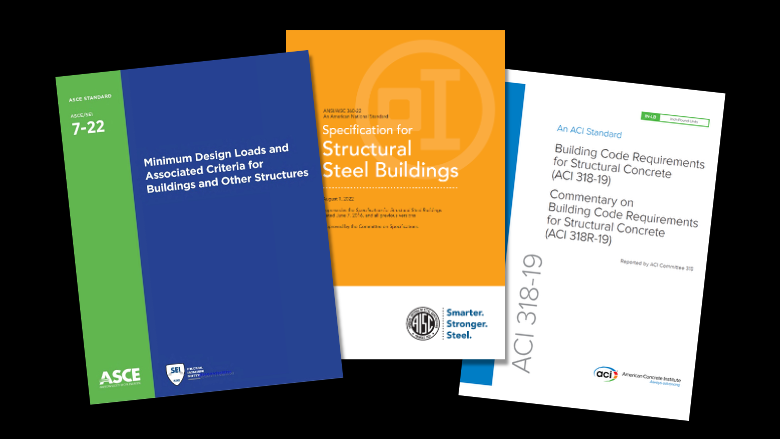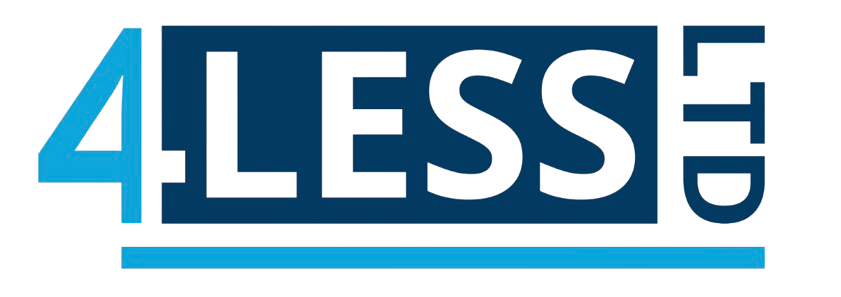

A crew of 10 working towards civil and structural engineers and teachers has launched an effort to establish and prioritize provisions within the present constructing codes and requirements that if appropriately modified will end in a considerable discount in embodied carbon.
An independently created Embodied Carbon Discount Committee gathered whereas attending the Structural Engineering Institute’s annual “Towards Zero Carbon 2025” Summit & Symposium on the College of Colorado’s Boulder campus June 26-27.
“This committee is a first-ever collaboration between all of the associations representing structural engineers,” says Magnusson Klemencic Associates Chairman and CEO Ron Klemencic, who conceived the initiative and helped elevate $200,000 to help the primary section of the committee’s work, which can happen over the course of the following 12 months.
“What can engineers do [about global warming]? It’s apparent to me,” Klemencic says. “We will overview all our structural engineering codes and requirements with an eye fixed towards carbon discount. The code is chock stuffed with stuff that may be tweaked.”
The group will have a look at the three major units of structural codes within the U.S.—ASCE 7, ACI 318 and the AISC Metal Handbook—so as “to see what must be reconsidered, recalibrated, rethought,” Klemencic says. The committee will prioritize figuring out code adjustments that influence the best variety of buildings and constructing supplies.
“The purpose of Part 1 is to prioritize these lists based mostly on each their potential influence and their means to make the change and the quantity of further analysis that can take to make that change,” explains Ian McFarlane, a senior companion with Magnusson Klemencic who together with CU structural engineering professor Abbie Liel will coordinate the committee’s work.
“This may lay out a highway map for future analysis. Our hope is we discover some low-hanging fruit to start out with—some straightforward, impactful adjustments—that get the wheels greased quicker, however then this results in extra analysis alongside the way in which to the purpose of embodied carbon discount,” McFarlane explains. “Whereas the initiative is motivated by sustainability and embodied carbon discount, inherently, to get there you need to use much less materials, and by doing that many of those provisions are going to permit for diminished building prices,” he says. “There’s actually a win-win alternative right here that makes it palatable to extra folks.”
In recruiting committee members and looking for grant funding, Klemencic and his crew supplied examples like reconsidering the ASCE-7 Stay Load Desk. The necessities on this desk drive elementary design necessities, straight ensuing within the quantity of embodied carbon in constructing constructions. Appropriately lowering a few of the values contained on this desk will straight and instantly end in much less embodied carbon.
One other instance contains the prescriptive provision in ACI318 requiring concrete combine designs to focus on 1.1f’c + 700 psi when adequate take a look at knowledge isn’t accessible. This requirement can drive the quantity of cement included in a combination and thus the embodied carbon influence.
The Charles Pankow Basis is the first funder of the initiative, and is directing the $200,000 grant with companions MKA Basis, American Society of Civil Engineers, American Institute of Metal Building, Nationwide Council of Structural Engineers Associations, American Concrete Institute and CU Boulder.
In 12 months the committee will launch Part 2 to concentrate on topic particular analysis that might be wanted for code change, with funding coming from “hopefully an expanded group,” Klemencic says.
“We have now a broad and deep crew that may assist us put collectively this checklist of probably the most impactful issues that we could be working towards,” Liel provides. “The result is change proposals submitted to ASC7, ACI or AISC displaying the change, substantiating the help for the change, displaying that it doesn’t have an effect on the issues which can be the idea for our constructing codes—we’re nonetheless doing what we have to do to, defending life security, etcetera, and displaying how a lot embodied carbon could be diminished by a few of these easy adjustments.”
“More often than not whenever you write constructing codes, you’re fixing an issue otherwise you’re including a brand new provision or new method to method design; this can be a completely different lens. This hasn’t been a lens that we’ve appeared on the constructing code earlier than, and particularly from a holistic perspective,” McFarlane says.
“A whole lot of issues have modified within the 50 years because the codes had been written, the supplies we construct with, the reliability evaluation that went into the constructing codes, and with this lens this can be a good alternative to take a brand new have a look at issues,” he provides.
“We acknowledge we have now colleagues doing superb work on embodied carbon from supplies and different views, however we will [also] do one thing with altering the foundations of the sport via the constructing code—issues that might make a whole lot of sense and have a big effect—we haven’t executed that but and I feel that’s what is admittedly thrilling right here,” Liel says.
Klemencic says the group hopes to ultimately work in parallel with worldwide organizations to convey equally significant code adjustments to nations around the globe because the initiative grows over the following a number of years.
“Nearly all of civil and structural engineers on this planet consider our elementary cost is to effectively and successfully make use of the world’s sources for the betterment of the human race. And so with that as our elementary guiding cost, that’s what we’re attempting to do,” Klemencic provides.
Trending Merchandise

Trsmima Safety Belt with Adjustable Lanyard and Updated Waist Pad – Tree Climbing Belt Harness – Safety Lanyard Fall Protection- Fall Arrest Kite Climbing Lanyard,Ladder Safety Harness

Sharpie Permanent Markers, Fine Tip, Black, 12 Count – For Classroom, Office, & Home, Quick Drying, Fade Resistant, For Wood, Plastic, Paper, Metal, And More, Ideal for Posters, Drawing, Coloring

LIFT Safety HDF50C-19WC Lift Safety DAX Fifty 50 Carbon Fiber Full Brim Hardhat

GE LED+ Battery Backup A21 LED Light Bulbs, Rechargeable Light for Power Outages + Flashlight, Soft White (2 Pack)

Marbrasse 6 Tier Paper Organizer Letter Tray – Mesh Desk File Organizer with Handle, Paper Sorter Organizer for Letter/A4 Office File Folder Holder – Black

gianotter Desk Organizers and Accessories with File Holder, 4-Tier Desk Accessories & Workspace Organizers with Drawer and 2 Pen Holder, Paper Organizer for Office Supplies (Rose Gold)




